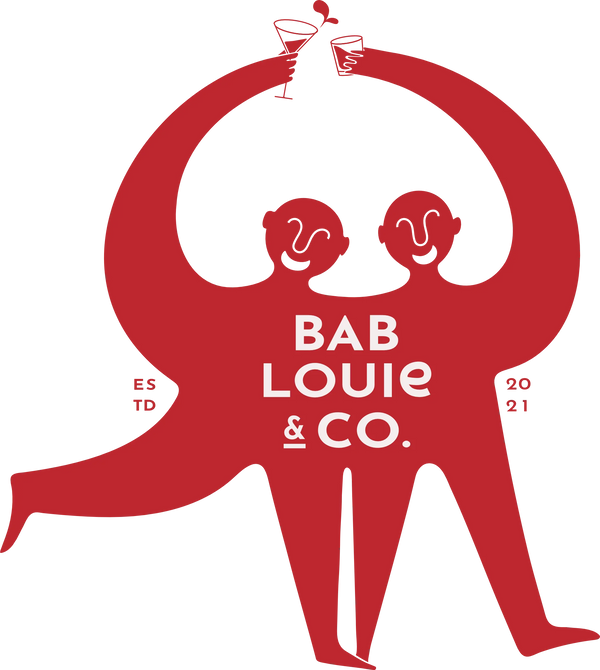
The Rich History behind Cocktail Bitters
Share

As you’d know, we’ve already done an in-depth blog on Bitters, this blog, however, is all about the grand history that envelopes this unique cocktail flavor-balancer-cum-enhancer. Still, to give you a little perspective, here’s what they’re all about: Bitters are usually sold in tiny vials with dropper caps and are a black liquid. They predominantly contain about 50% alcohol and are made with a variety of botanical ingredients such as herbs, leaves, seeds, bark, flowers, bark, and fruit. They're bitter, sour, and very concentrated in flavor, as you might expect. Back when… The term "cocktail" was originally used in 1803 in the Farmer's Cabinet, a Philadelphia-based agriculture publication, to refer to a drink rather than a horse with a shorter tail. A stimulating beverage, made of alcohol of any kind, sugar, water, and bitters, is listed in another early description of a cocktail from 1806, which calls for four ingredients. Cocktails initially made the scene in the early 1800s, and it consisted of four ingredients: whiskey, sugar, water, and bitters. Today, bitters are used to balance out sweet and sour drinks, making them more complex and adding to the flavor character. Bitters were once regarded to be healthful or medicinal when they were first found. Because of its awful taste, many people believed that bitters could heal anything from indigestion to malaria. Unpleasant flavor equated to something nutritious. Many bitter factories shuttered their doors during prohibition, and it seemed as if the ingredient would be gone forever. Bitters have made a comeback from the depths of history to inspire bartender inventiveness as the artisan cocktail business has flourished. Bitters are created by infusing a flavorless alcohol base with bark, herbs, fruit peels, roots, botanicals, and other substances. Bitters are used to improve the flavor of cocktails in the same way that salt is used in cooking. The First of them all! Bitters occupy an unusual place in the history of food and drink, especially given their origins as patent medicines with a shady reputation. Take, for example, Angostura, which is one of the oldest. The herbal combination produced from roots, bark, and spices was originally packaged in the company's greenish-tinted bottles. The "Aromatic Bitters" were named after the city in Venezuela where they were first made (Angostura was subsequently rechristened Cuidad Bolivar in 1846). Angostura was also given to three distinct tree species, including Galipea officinalis, by early botanists. Because the bitters' recipe is a well-guarded secret kept in a vault and only known by five employees, it's unclear whether the trademarked brew ever contains the bark from any of these Angosturas. In any case, the recipe has now been reformulated—much like Coca-Cola does with the strong alkaloids found in coca leaves—and now Angostura neither includes nor is made in Angostura. Bitters can give a drink new life by boosting the cocktail's particular flavors and adding an olfactory layer to the drinking experience. Bitters were employed in practically all cocktails prior to Prohibition in the 1920s and 1930s, but with the legalization of alcohol, the bitters industry was thrown into disarray. Only huge enterprises like Peychaud's and Angostura bitters were able to survive the 13-year dry spell; all other brands went out of business. From an apothecary ingredient to a modern cocktail mainstay In this cocktail known as Canary wine, the English mingled in bitters. They were adding therapeutic herb-based dashes and drops in these beverages before Prohibition, but bitters truly took off in America during the colonial period. The word "bitters" appears in the earliest printed definition of the word "cocktail." It was any cocktail made with bourbon, water, sugar, and bitters... People were drinking these high-proof root- based, botanical- based, fruit- based, or seed-based infusions for therapeutic value, but it's unclear when exactly this made-to-cure mix of spices transitioned from being something someone sipped on its own as a medicinal to when it got into a cocktail. Johann Siegert, a Venezuelan doctor, began producing Angostura in 1824 as a stimulant for the troops to help them fight malaria and stay on their feet. As we approach the cocktail's golden age, the late 1800s, bitters became more synonymous with cocktails, regardless of which bar you visited. And Now… Cocktail bitters, with their concentrated flavor, are the perfect finishing touch for even the most basic cocktails. With a dash or two of changing flavor, even a whiskey on the rocks can be improved. The many different varieties of bitters can be used to make bold and complicated cocktails that stand out from the crowd. As bitters have grown in popularity, new firms have begun to make them in practically every taste imaginable. There are celery bitters for Bloody Marys, cherry bitters for bourbon, spicy bitters for aged liquors, and even Palo Santo wood (often used for incense) that emits smoke, spice, wood, and vanilla notes.
